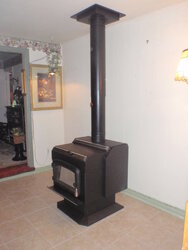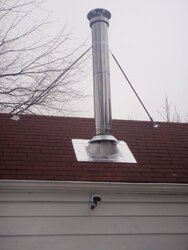I
I am having trouble creating an album with the upload size too large so I just copied and pasted to this post.
The biggest problem I had was the hole in the roof. The top end of the hole ended up bigger than I was hoping for and I worried my flashing might not cover it but it did. The picture is my son and son-in-law.
I am having trouble creating an album with the upload size too large so I just copied and pasted to this post.
The biggest problem I had was the hole in the roof. The top end of the hole ended up bigger than I was hoping for and I worried my flashing might not cover it but it did. The picture is my son and son-in-law.



